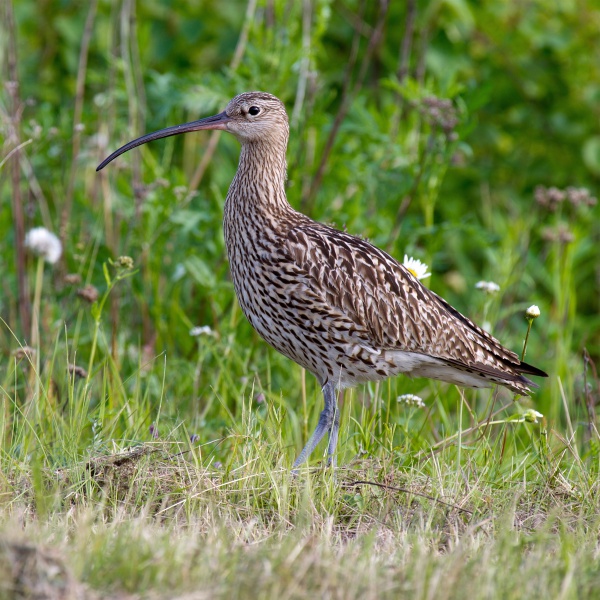Facts About Eurasian curlew
The Eurasian curlew, also known as the common curlew, is a large wading bird belonging to the Scolopacidae family. It is widely distributed, breeding across temperate regions of Europe and Asia. In Europe, it is often simply called the "curlew" while in Scotland, it is known as the "whaup." This bird stands out as the largest wader in its range, easily identifiable by its long, curved bill and greyish-brown plumage. Both males and females appear quite similar, though the females typically have longer bills.
You will often hear the curlew's distinctive call, a loud "curloo-oo." It is sometimes mistaken for the Eurasian whimbrel, which is smaller and has a differently shaped bill. As a migratory species, the Eurasian curlew spends its winters in Africa, southern Europe, and South Asia, with occasional sightings outside these areas.
The name "curlew" is derived from the bird's call and likely has roots in Old French. Its scientific genus, Numenius, is derived from Ancient Greek, referring to the bird's crescent-shaped bill. There are three subspecies of the Eurasian curlew.
These birds are quite cautious and social when not breeding. They feed on small invertebrates by probing into soft mud. For nesting, they create simple scrapes in the ground across various habitats and lay between 3 to 6 eggs. The Eurasian curlew is protected under the Agreement on the Conservation of African-Eurasian Migratory Waterbirds (AEWA).
Previously, the Eurasian curlew was considered of "Least Concern" but due to declining populations, especially in the UK and Ireland, it has been reclassified as "Near Threatened." Efforts are underway to conserve this species and halt its decline.

 South Sudan
South Sudan